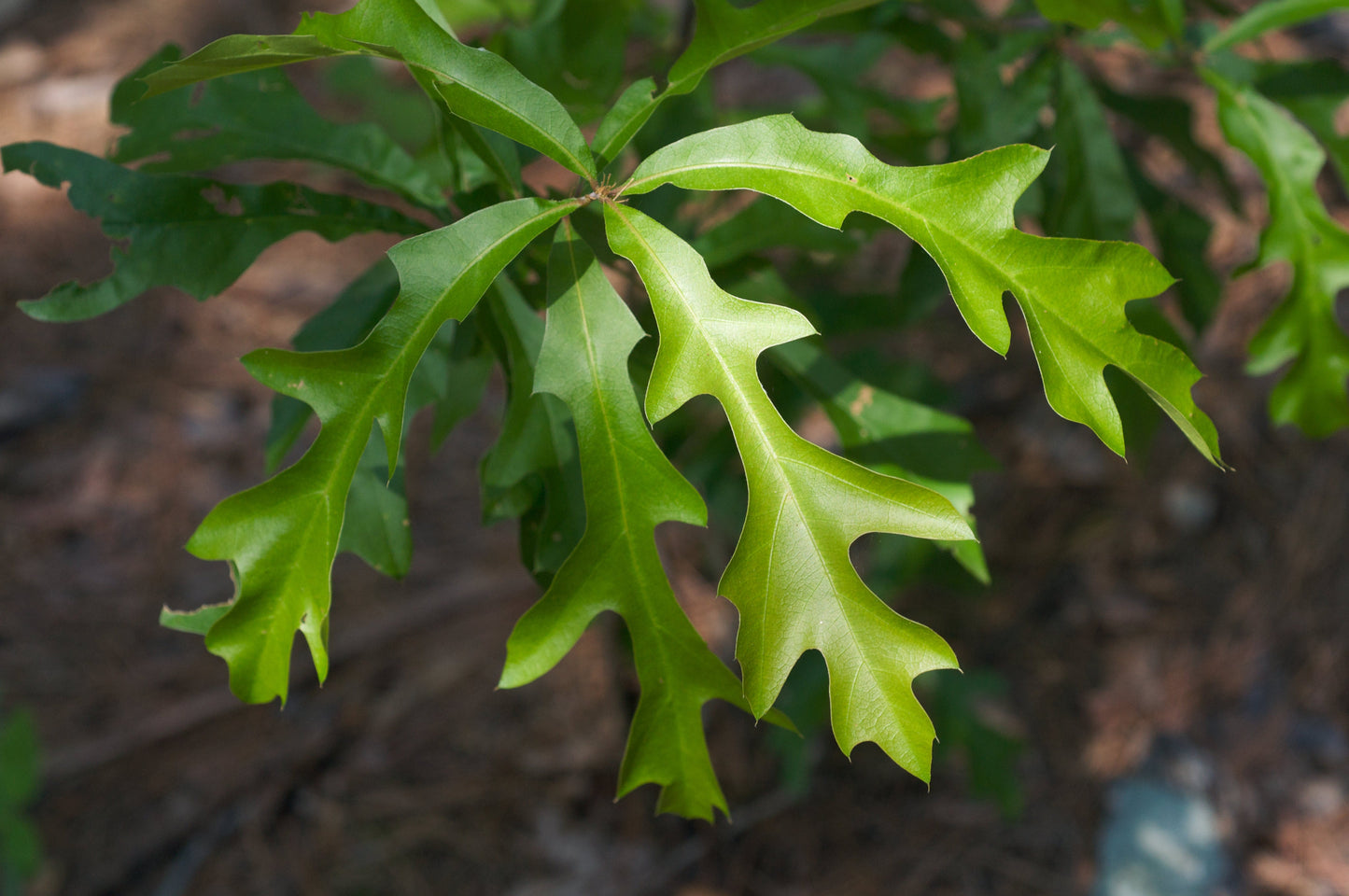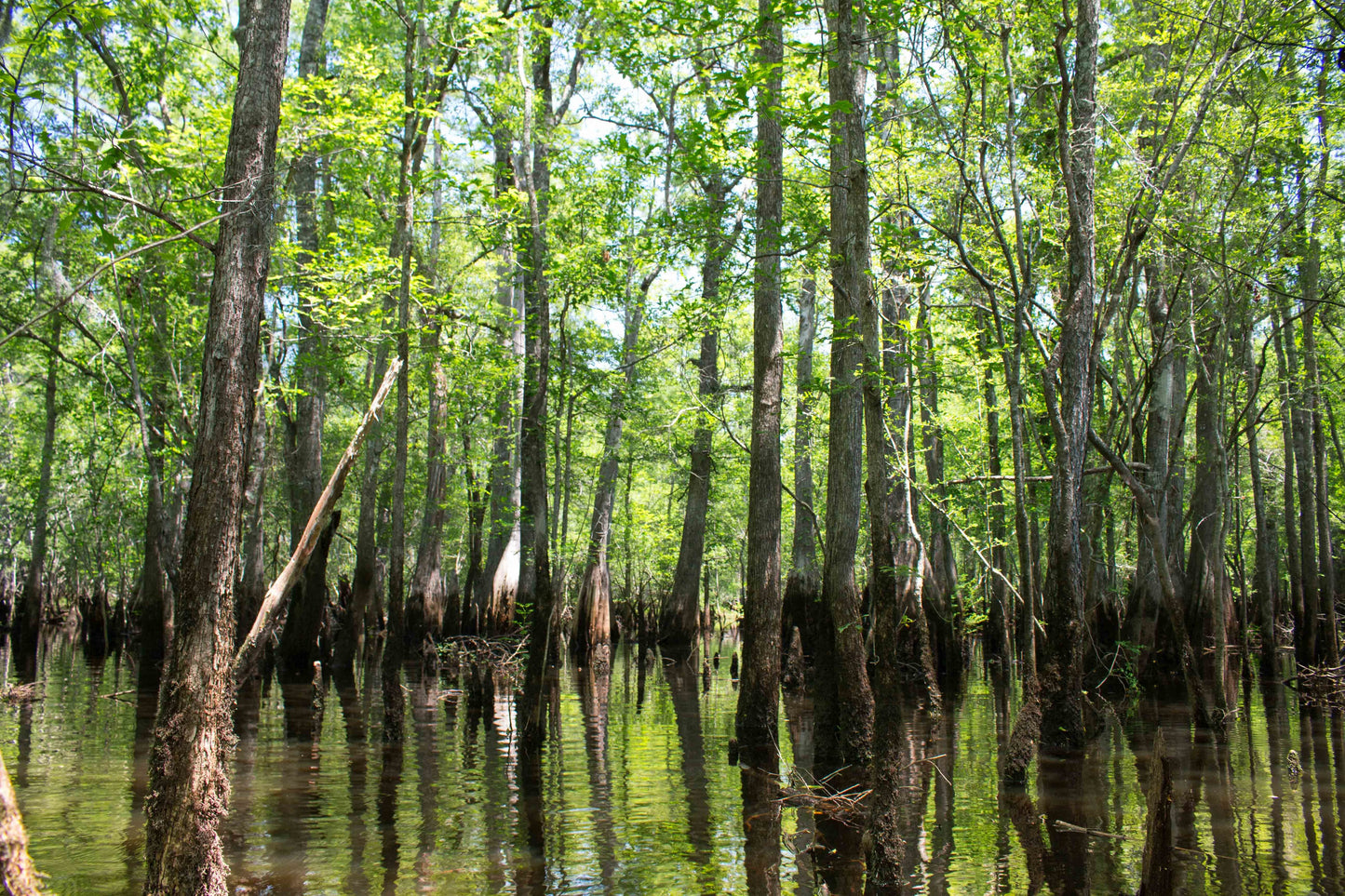Floridaseeds
Overcup Oak Quercus lyrata 10 Seeds USA Company
Overcup Oak Quercus lyrata 10 Seeds USA Company
Couldn't load pickup availability
Quercus lyrata, commonly called overcup oak, gets its common name from the distinctive bur-like acorn cup that typically encloses 2/3 to almost all of the nut. It is a medium sized deciduous oak (part of the white oak group) that typically grows to 40-60' tall with a straight trunk and broad rounded crown. This is a bottomland tree that is native to floodplain forests, lowlands, and along swamps and bayous in the southeastern U.S. It is particularly prevalent in coastal plain swamp forests from Texas to Florida north to New Jersey and up the Mississippi River valley to Missouri, southern Illinois and Indiana. Deep green leaves (6-10” long and to 4" wide) with fuzzy white undersides each have 5-9 deep rounded lobes. Leaves turn shades of yellow-brown (sometimes with orange and red) in fall. Female flowers give way to acorns (to 1" long) which mature in September to October. Slightly shaggy gray to grayish-brown bark on mature trees is reminiscent of white oak. Winter hardy to USDA Zones 5-9 where it is best grown in acidic, moist to wet loams in full sun. Tolerates some part shade but not full shade. Tolerates wet poorly drained soils and occasional flooding.
Growing Instructions for the Overcup Oak
The seeds need to be planted when received or stored in a refrigerator until they are planted. The seeds have a period of dormancy. They can be planted outdoors in the fall or winter for spring germination or they can be cold stratified to simulate winter conditions and to break their dormancy at any time of the year. 1. Soak the seeds in water for 24 hours. 2. Put the seeds in a ziplock bag. 3. Put the bag in the refrigerator and leave it there for 2 months. 4. The seeds like moist, well-drained soil. Prepare a mixture of half potting soil and half sand, perlite or vermiculite. 5. Sow the seeds 1 inch deep. 6. Water the soil so that it is moist but not wet. 7. When the seedlings are a few inches tall, they can be transplanted.
Materials
Materials
Shipping & Returns
Shipping & Returns
Dimensions
Dimensions
Care Instructions
Care Instructions
Share










